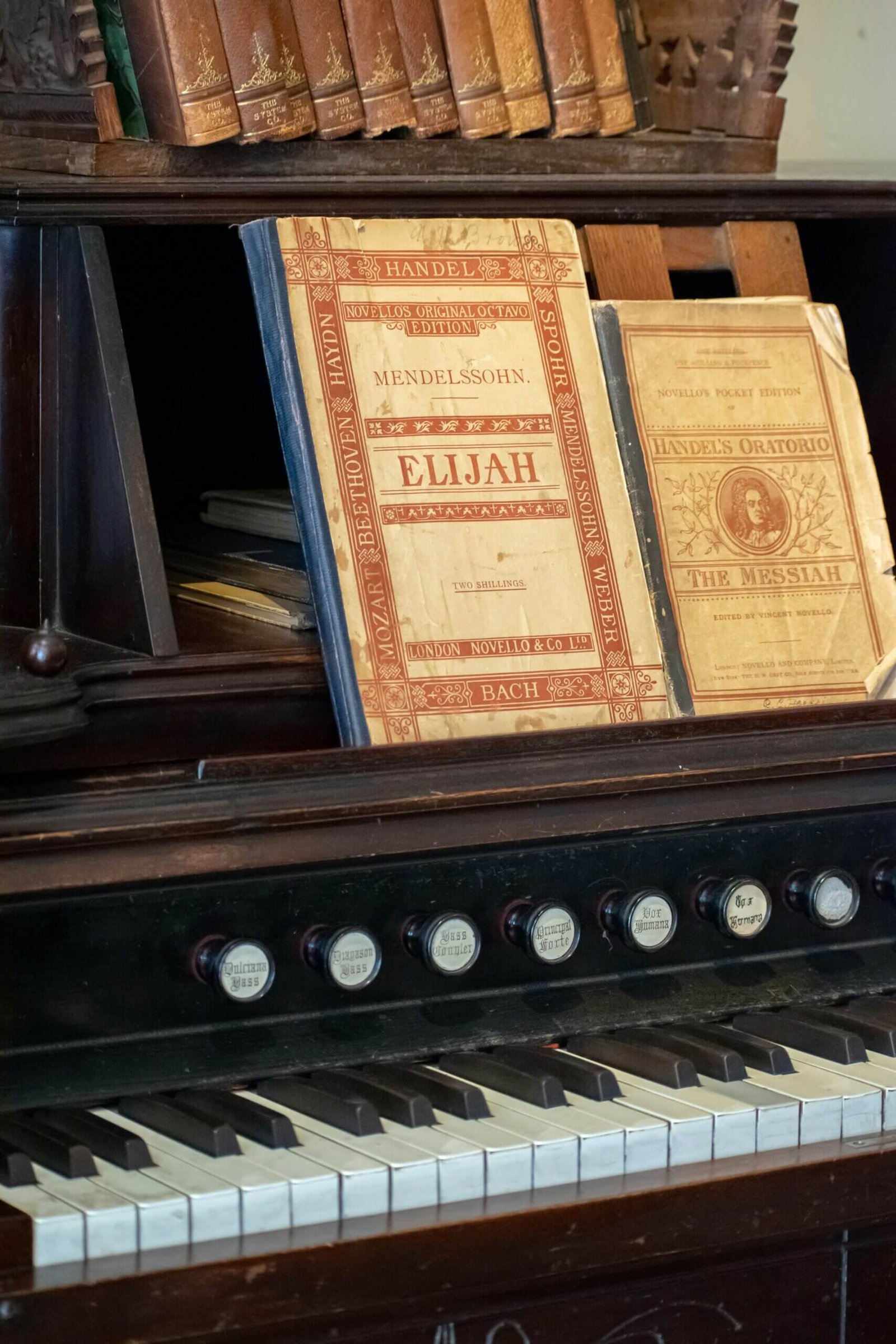Music is a universal language that has evolved and transformed over the centuries, reflecting the cultural, social, and historical changes of each era. From the enchanting melodies of the Middle Ages to the rhythmic beats of the present day, the evolution of musical styles has been a fascinating journey. In this article, we will explore the origins and characteristics of different musical styles and examine their parallels with history.
The Middle Ages: Gregorian Chant and Troubadour Songs
The Middle Ages, spanning from the 5th to the 15th century, was a time of religious devotion and feudalism. The dominant musical style during this period was Gregorian chant, named after Pope Gregory I. These monophonic melodies were sung in Latin and were primarily used in religious ceremonies. Gregorian chant was characterized by its modal melodies and lack of instrumental accompaniment.
Alongside Gregorian chant, troubadour songs emerged in medieval Europe. These songs were composed and performed by troubadours, poet-musicians who traveled from court to court. Troubadour songs were written in the vernacular languages of the time and often depicted themes of courtly love and chivalry. They featured monophonic melodies accompanied by simple instrumental accompaniment.
The Renaissance: Polyphony and Madrigals
The Renaissance, from the 14th to the 17th century, marked a period of cultural rebirth and exploration. Musical styles during this era shifted from monophonic to polyphonic compositions. Polyphony involved the simultaneous sounding of multiple independent melodic lines, creating rich harmonies. Composers such as Josquin des Prez and Giovanni Pierluigi da Palestrina were prominent figures of this era, known for their intricate polyphonic works.
Another popular musical style of the Renaissance was the madrigal. Madrigals were secular vocal compositions that set poetry to music. They featured expressive harmonies and word painting, where the music mirrored the emotions and meaning of the text. Madrigals were often performed in small groups and were enjoyed by both the nobility and the growing middle class.
The Baroque Era: Ornamentation and the Birth of Opera
The Baroque era, spanning from the late 16th to the early 18th century, was characterized by its elaborate ornamentation and grandiose compositions. Baroque music was highly ornate, with intricate melodies and embellishments. Composers such as Johann Sebastian Bach and Antonio Vivaldi were prominent figures of this era.
One of the significant developments of the Baroque era was the birth of opera. Opera combined music, drama, and visual spectacle, captivating audiences with its emotional intensity. Claudio Monteverdi’s “Orfeo” is considered one of the earliest operas. The Baroque era also saw the rise of instrumental music, with the emergence of the concerto and the sonata.
The Classical Period: Symphonies and Sonatas
The Classical period, from the mid-18th to the early 19th century, was characterized by clarity, balance, and simplicity in musical compositions. Composers such as Wolfgang Amadeus Mozart and Ludwig van Beethoven were prominent figures of this era.
The symphony became a popular form during the Classical period. Symphonies were large-scale compositions for orchestra, consisting of multiple movements. They showcased a balance between melody, harmony, and rhythm. The sonata, a composition for solo instrument or small ensemble, also flourished during this period.
The Romantic Era: Emotional Expression and Program Music
The Romantic era, from the early 19th to the early 20th century, was a time of emotional expression and individualism. Composers such as Frédéric Chopin and Pyotr Ilyich Tchaikovsky embraced intense emotions and pushed the boundaries of musical expression.
Program music became popular during the Romantic era. Program music was instrumental music that portrayed a narrative or depicted a scene or emotion. Composers used descriptive titles and musical techniques to evoke specific images or stories in the listener’s mind. Examples include Hector Berlioz’s “Symphonie Fantastique” and Richard Strauss’s “Also sprach Zarathustra.”
The 20th Century and Beyond: Jazz, Rock, and Beyond
The 20th century witnessed an explosion of diverse musical styles, reflecting the rapidly changing world. Jazz emerged in the early 20th century, blending African-American musical traditions with European harmonies. Artists like Louis Armstrong and Duke Ellington revolutionized the genre, introducing improvisation and syncopated rhythms.
Rock and roll, born in the 1950s, brought a new energy and rebellious spirit to popular music. Influenced by rhythm and blues, rock and roll featured electric guitars, driving rhythms, and catchy melodies. Artists like Elvis Presley and The Beatles became cultural icons, shaping the sound of a generation.
Since then, music has continued to evolve with the rise of various genres such as hip-hop, electronic, and pop. Each new style reflects the changing cultural landscape and the artistic expression of its time.
In conclusion, the evolution of musical styles from the Middle Ages to the present day is a testament to the power of human creativity and the influence of historical and cultural contexts. Each era brought forth unique characteristics and innovations, shaping the course of music history. Understanding the origins and characteristics of these musical styles allows us to appreciate the rich tapestry of human expression through the ages.

